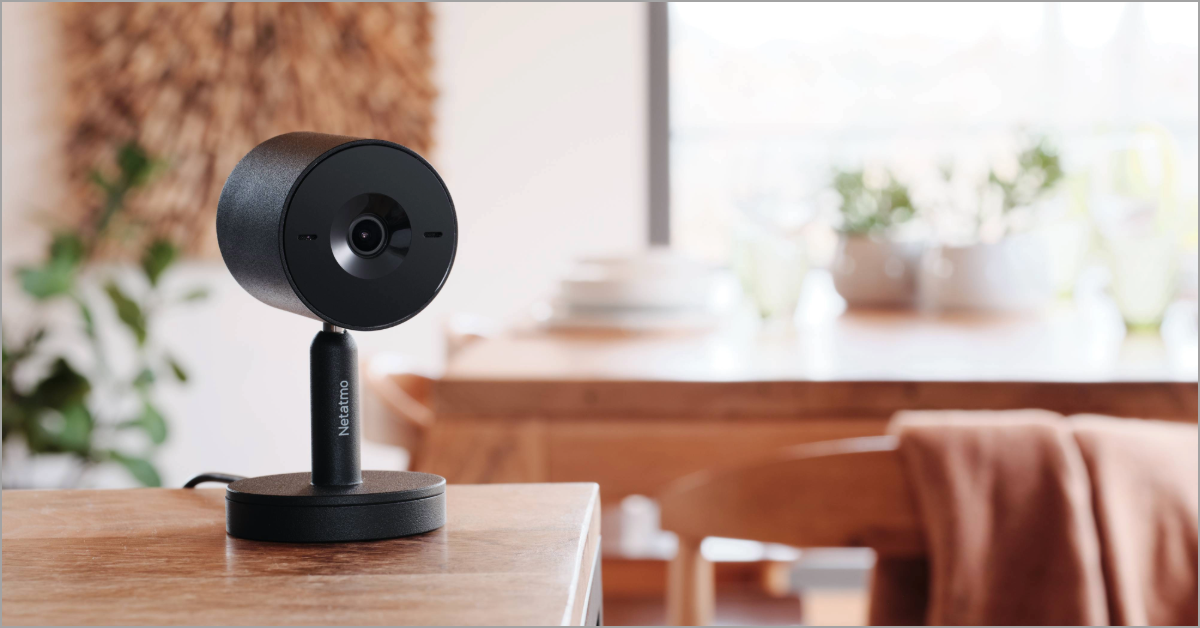
Nieuwe Binnencamera: Advance
Ontdek de nieuwe Binnencamera AdvanceIk ontdek

According to its definition, a wind vane is nothing more or less than a metal plate that moves around a vertical axis and is positioned on top of a building or roof to indicate the direction of the wind.
In practice, the weathervane often takes the form of a wrought iron cockerel, fixed to mast-shaped support, which turns according to the direction in which the wind blows. It is not uncommon to see them on top of churches and cathedrals, but also the roofs and gardens of private homes.
It is a way of finding out the direction of the wind at a lower cost, which is why wind vanes have been used for a very long time, in particular, to find out the cardinal origin of the wind, i.e. whether it comes from the North, South, East or West.
If a wind vane on a roof in England, for example in London, indicates that the wind is coming from the North or the East, it is likely to be cold and bring bad weather.
Conversely, the south wind is often associated with heat. So where does the rooster point? Although the new generations use this rudimentary instrument less, weathervanes are still very present in the British landscape.
Note also that the weathervane is not only intended to measure the direction of the wind: it is also (and above all) an object of outdoor decoration!
To go beyond simple wind direction and support your wrought iron rooster on the roof of the house or in the garden, the Netatmo Smart Weather Station provides you with all the weather information you need. Access all weather data directly from your smartphone to better forecast the weather.
It has been a while since weathervanes represented a rooster.
They were already found on top of bell towers in the 9th century, according to several sources. Did you know that the oldest of them all, the oldest of the weathervane cocks, was in Brescia, Italy? A solar symbol during the Middle Ages, the rooster woke up the inhabitants who were still sleeping in the early morning. In a church, the rooster placed at the top of the roof on its mast reminds us of the vigilant and protective Christ.
For this reason, Pope Leo IV made it compulsory for all church towers to have a rooster-shaped weathervane. This man is therefore responsible for the majority of the weathervanes of today!
Will we still see rooster weathervanes in the future?
Today, other devices use technology to steal the rooster’s work: such as the anemometer, which indicates more information about the wind, such as its speed.
Let's face it, our little wrought iron rooster that sits proudly atop its roof is not the most accurate: for any weather enthusiast (let alone professional), it's not clear that you can trust a weathervane. Even when in perfect condition, it may not be pointing in the exact direction of the wind, as all weathervanes should in theory.
The weathercock is probably not going to disappear from our gardens and roofs any time soon. For it is often used for decorative purposes rather than for weather purposes.
A weathervane in the form of a cheap wrought iron rooster can do the trick. But a connected anemometer, to the Netatmo smart anemometer, can go much further by giving you all the data relating to the wind: speed, direction, weather forecast, etc. Connected to the Netatmo Smart Weather Station its price is different but its results have nothing in common.
As we have seen, the price of a weathervane is very affordable, although of course, this is relative.
A garden or roof weathervane can be found for very cheap: the first weathervanes are sold for just over 20 pounds. It all depends on the quality and the use you intend for it: functional or decorative? Rather rudimentary or aesthetic?
The material also affects the price: zinc, wrought iron, cast iron… the choice is quite vast.
As the complexity of the weathervane design increases, so do the prices.
Of course, if you look for the more sophisticated weathervane models (most often used in decoration), you will find them for more than 100 or even 200 pounds. This is all about style and it is a beautiful rooster.
But if your main goal is to determine the direction of the wind and its cardinal origin, it is not worth spending much money on a garden or roof weathervane!
That's the origin, future, and purpose of the weathervane, which you often see in the form of a rooster made of wrought iron, zinc, or other metal. It is the perfect choice for the decoration of your garden or the roof of your house. However, if you want to measure the wind, it is better to choose an anemometer, which is much more accurate and complete.